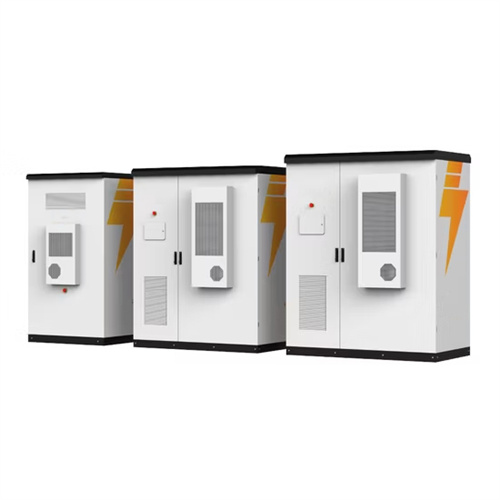Electric energy storage power station acceptance
As the photovoltaic (PV) industry continues to evolve, advancements in Electric energy storage power station acceptance have become critical to optimizing the utilization of renewable energy sources. From innovative battery technologies to intelligent energy management systems, these solutions are transforming the way we store and distribute solar-generated electricity.
6 FAQs about [Electric energy storage power station acceptance]
Which energy storage power station successfully transmitted power?
China’s largest single station-type electrochemical energy storage power station Ningde Xiapu energy storage power station (Phase I) successfully transmitted power. — China Energy Storage Alliance On November 16, Fujian GW-level Ningde Xiapu Energy Storage Power Station (Phase I) of State Grid Times successfully transmitted power.
What is a battery energy storage system?
A battery energy storage system (BESS) is an electrochemical device that charges (or collects energy) from the grid or a power plant and then discharges that energy at a later time to provide electricity or other grid services when needed.
Could a low-cost electrochemical battery serve the grid?
The energy storage capacity could range from 0.1 to 1.0 GWh, potentially being a low-cost electrochemical battery option to serve the grid as both energy and power sources. In the last decade, the re-initiation of LMBs has been triggered by the rapid development of solar and wind and the requirement for cost-effective grid-scale energy storage.
Are energy storage technologies viable for grid application?
Energy storage technologies can potentially address these concerns viably at different levels. This paper reviews different forms of storage technology available for grid application and classifies them on a series of merits relevant to a particular category.
What is a battery energy storage system (BESS)?
A battery energy storage system (BESS) or battery storage power station is a type of energy storage technology that uses a group of batteries to store electrical energy.
How much battery storage will Europe deploy in 2022?
"Europe deployed 1.9GW of battery storage in 2022, 3.7GW expected in 2023 - LCP Delta". Energy Storage News. ^ Yuki (2021-07-05). " "First-of-its-Kind" Energy Storage Tech Fest -China Clean Energy Syndicate". Energy Iceberg. Retrieved 2021-07-18. ^ Energy Storage Industry White Paper 2021. China Energy Storage Alliance. 2021.
Related Contents
- Electric energy storage power station
- Energy storage power station project acceptance
- Does japan electric power have energy storage
- Home electric energy storage station
- Electric vehicle power battery energy storage
- Yemen energy storage power station project
- Guoxin banjul energy storage power station
- Energy storage power station development
- Yushan energy storage power station
- Container energy storage power station news
- Energy storage power station for stadiums
